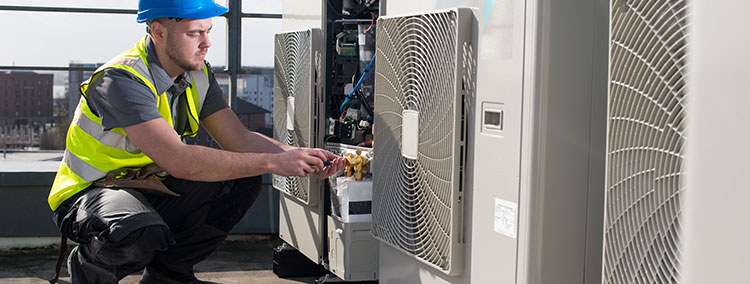
An unbalanced washing machine not only fails to clean the clothes properly, but it also makes a lot of noise that makes the washing experience unpleasant. In some cases, the unbalanced load damages the machine.
Have you noticed that your washing machine is unbalanced and are wondering how do you fix an unstable washing machine? There are plenty of ways to go about it, and the beauty is you don’t need to hire a washer repair professional to help you out.
Level the feet
When the washing machine feet are unbalanced, they cause a lot of vibration that is off-putting, so if your appliance is vibrating too much during a cycle, the first place to check is the appliance’s feet.
If some of the feet are too short, turn them to “loosen,” and they will come downward and contact the floor. The vibration should stop when all four feet come into contact with the ground.
Remove the shipping materials.
If you recently installed the washing machine and it’s already vibrating, the chances are high that it’s due to the shipping materials still in place.
In top loading washers, there is usually a shipping bolt at the bottom center of the machine that you are supposed to remove, and if you don’t remove it, the washer tends to vibrate when running a cycle.
Top-loading washers also have three shipping bolts, metal clamps, and spacers at the back of the washer. Some models even have other materials that you need to remove before you run a cycle.
You should refer to the installation instruction for your appliance and ensure that you remove all the shipping materials before using the machine.
Check for overloading
If your appliance doesn’t vibrate and the vibration just started after placing a new load, chances are this is due to overloading. Remove the clothes and run the cycle with a smaller load.
To avoid this problem from coming about in the future, never load the dishwasher more than it’s designed to carry. You also should avoid stocking large items that get spun on one side, causing loud knocking and shaking of the machine.
Leave these items out and hand wash or dry clean them instead.
Watch out for damaged components.
If your appliance is old, chances are the unbalance is due to damaged parts. Some of the damaged parts that will cause vibrations include:
Suspension springs: Both top and front-loading machines have springs that hold the tub to the base or suspend it from the top. Ensure that these springs are connected, and none is distended. To maintain balance, don’t replace only one of the shocks—replace all.
Snubber ring: The snubber ring is made from plastic or felt, and it provides a cushion for the tub of the top-loading unit. When it wears out, the tub contacts the metal base.
Telltale signs that your snubber ring is worn out are dust on the plastic snubber or clumps. If you have the skills, you can replace the ring but if you have never done it before, let the work be done by a professional.
Driver bearings: Some front-loading washing machines have ball bearings between the motor shaft and tub spindle. If the casting wears out and one or more of the bearings get dislodged, the tub vibrates.
Fixing the driver bearings requires high skill levels, so if you have never handled a similar problem before, let an expert do the work. If your unit is old, disassembling it might be too costly, making it logical to replace it.
Check for laundry caught below the tub.
Sometimes the laundry can be caught below the tub or between the agitator and the inner tub, causing the washer to operate off balance with every load you run. According to appliance repair Northern VA professionals, this problem can be brought about by plenty of factors such as a penny, a button that fell off a shirt, a sock, or any other article of clothing.
If you can’t find the source of the problem, you may have to remove the front or top panel and sometimes even the agitator.
To get rid of the problem, remove the offending item and clean out any debris. You should then replace the agitator and panel before rerunning the machine.
The post How Do You Fix An Unbalanced Washing Machine? first appeared on HVAC Repair, appliance repair. The post appeared first on Express Appliance Repair